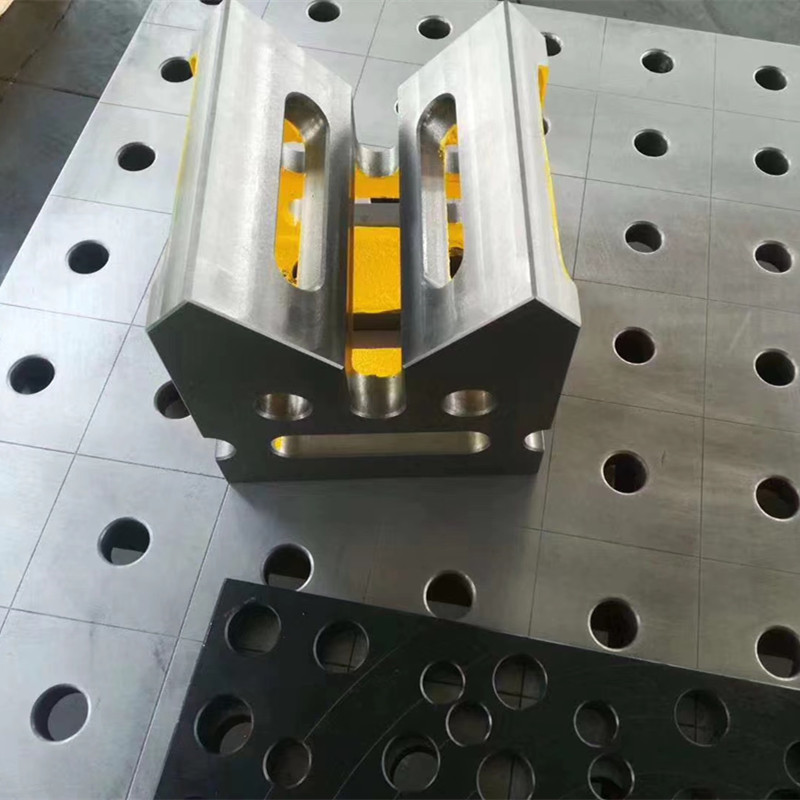Sep . 14, 2024 11:26 Back to list
magnetic v block working
The Working Principle of Magnetic V Blocks
Magnetic V blocks are indispensable tools in various machining and metalworking operations. They are specifically designed to hold workpieces securely in place, allowing for precision machining, cutting, or assembling. Their design incorporates a powerful magnetic mechanism that offers numerous advantages over traditional clamping methods.
What is a Magnetic V Block?
A magnetic V block is a rectangular block with a V-shaped groove, providing a stable and secure surface for cylindrical or irregularly shaped workpieces. The block is equipped with a magnetic base that can be activated or deactivated through a simple switch. This feature enables easy attachment to a variety of surfaces, making the magnetic V block versatile across different applications.
Working Mechanism
The primary mechanism of a magnetic V block is its magnetic system. The block typically uses strong permanent magnets or electromagnets to generate a strong magnetic field. When the switch is activated, the magnetic field is engaged, allowing the workpiece to be held securely against the surface of the block. The V-groove design accommodates various shapes and sizes of materials, providing grip and stability to cylindrical objects.
The force generated by the magnet is strong enough to keep the workpiece firmly in place, even during operations that involve heavy cutting or milling. This robustness reduces the chances of slippage, which can result in inaccurate cuts or even damage to both the workpiece and the machine.
Advantages of Magnetic V Blocks
magnetic v block working

1. Speed and Efficiency Traditional clamping methods often require multiple tools and time-consuming setups. Magnetic V blocks allow for quick and easy placement of workpieces, significantly reducing setup time.
2. Versatility These blocks can accommodate various workpiece sizes and shapes due to their V-shaped groove. This versatility makes them suitable for a broad range of applications, from machining to inspection and assembly.
3. Increased Precision The secure grip provided by magnetic V blocks ensures that the workpiece remains stationary during operations, leading to more accurate machining and improved overall quality of the finished product.
4. Ease of Use The activation and deactivation of the magnetic base can be performed effortlessly with a simple toggle switch. This user-friendly design allows machinists to focus more on their work rather than struggling with clamps.
5. Durability Made from robust materials, magnetic V blocks are designed to withstand the rigors of industrial applications. Their construction ensures they can endure frequent use without losing effectiveness.
Conclusion
Magnetic V blocks are a crucial component in the toolkit of any machinist or metalworker. Their ability to securely hold diverse workpieces while providing ease of use and flexibility makes them superior to traditional clamping methods. Whether in a heavy industrial setting or a small workshop, the incorporation of magnetic V blocks into machining processes can lead to enhanced efficiency, accuracy, and productivity. As technology advances, these tools continue to evolve, further solidifying their importance in the realm of precision engineering.
-
Why Metric Trapezoidal Thread is Ideal for Precision Motion ControlNewsAug.05,2025
-
The Unique Properties of a Block of Granite for Industrial UseNewsAug.05,2025
-
The Role of Flanged Y Strainers in Preventing Pipeline ClogsNewsAug.05,2025
-
The Importance of Regular Calibration for Master Ring GagesNewsAug.05,2025
-
How a Cast Iron Surface Table Enhances Accuracy in ManufacturingNewsAug.05,2025
-
Comparing Different Check Valve Types for Optimal Flow ControlNewsAug.05,2025
Related PRODUCTS









